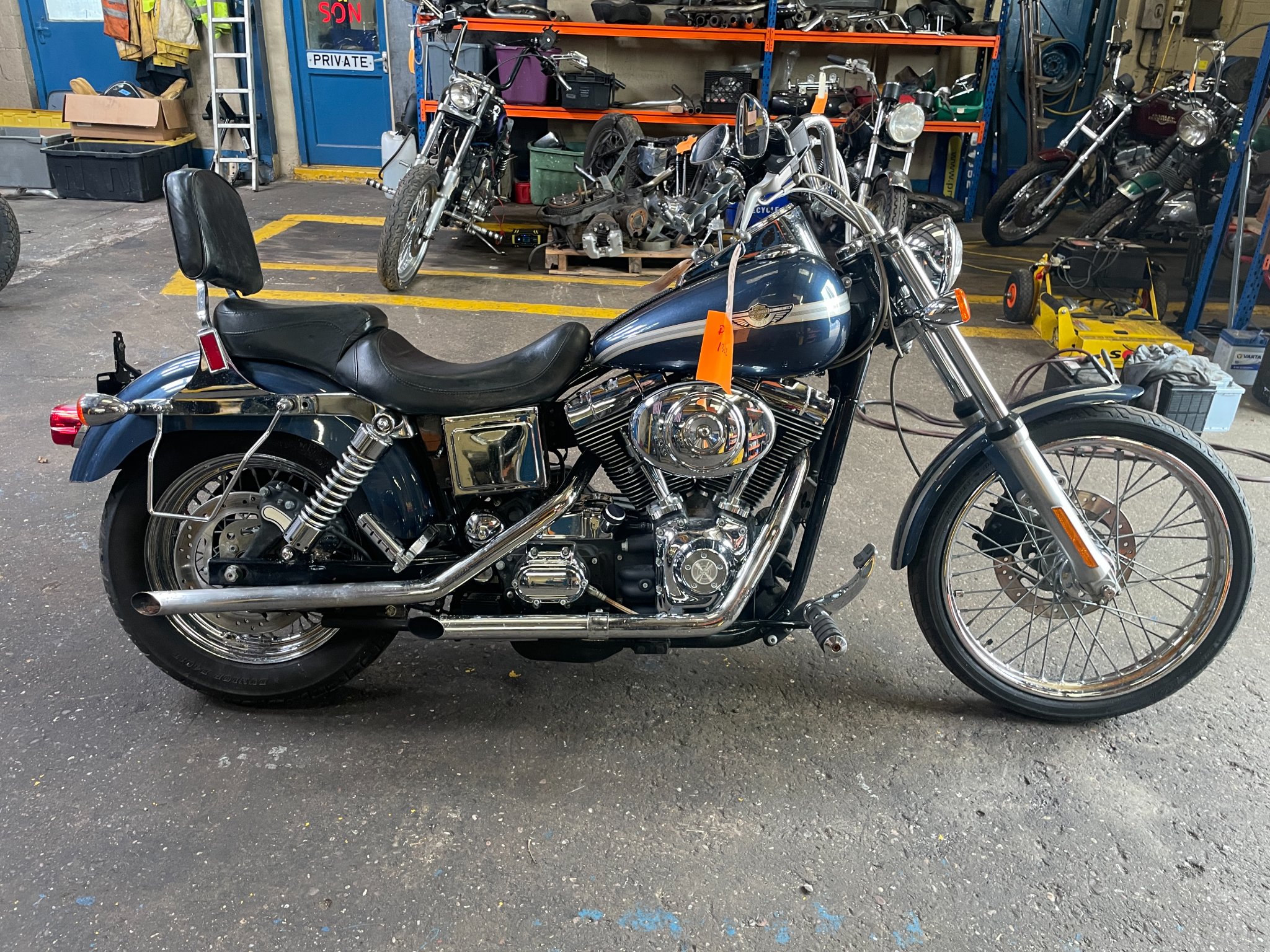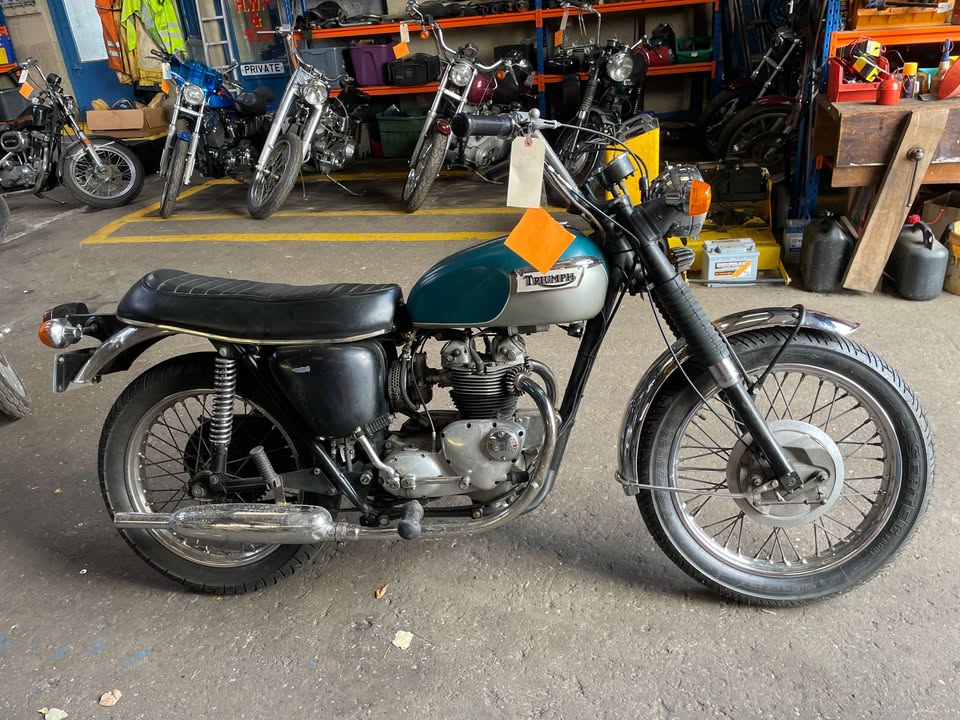Classic and Classy Motorcycles Ltd
Vintage and Classic Motorcycle Importers
1974 Harley Davidson 1200cc FLH Shovelhead Project ref 1544

1974 Harley-Davidson FLH 1200cc Shovelhead – American Iron with Attitude
Historical Context
The 1974 Harley-Davidson FLH 1200 Shovelhead represents a key era in Harley’s big-twin lineage. Introduced in the mid-1960s, the Shovelhead engine was an evolution of the earlier Panhead and carried Harley-Davidson through one of its most iconic and rebellious decades. By 1974, the FLH was at the center of American cruiser culture—favored by long-distance riders, custom builders, and club bikers alike. This was also the AMF era, when Harley was battling growing competition from Japan and internal quality control challenges. Despite that, the FLH remained a symbol of freedom, torque, and unapologetic style. It’s a heavy, loud, and unmistakably American motorcycle that helped shape the cruiser genre.
Technical Specifications and Performance
• Year: 1974
• Make: Harley-Davidson
• Model: FLH
• Engine Displacement: 1207cc (74 cubic inches)
• Engine Type: Air-cooled 45-degree OHV V-twin
• Compression Ratio: 8.0:1
• Carburetion: Bendix or Tillotson (factory options)
• Ignition System: Points ignition
• Transmission Type: 4-speed manual with foot clutch / hand shift optional
• Final Drive: Chain
• Cooling System: Air-cooled
• Fuel Capacity: Approx. 5 gallons
• Braking System: Drum rear, single-disc front
• Dry Weight: Approx. 750 lbs
• Top Speed: Around 100–105 mph
Technical Advancements
While the FLH still relied on traditional mechanical systems in 1974, it represented the peak of Shovelhead refinement before the shift to the more modern Evolution engine in the 1980s. The FLH featured a full dresser touring setup with optional saddlebags, windshield, and floorboards. In 1974, Harley introduced a front disc brake—an overdue but welcome safety update. The Shovelhead engine itself, named for the distinct shovel-like rocker covers, produced more power than its Panhead predecessor, and with careful tuning, could be a strong and reliable motor. Though not perfect from the factory, many issues were easily sorted by backyard mechanics and custom shops.
Evolution of the Model
The FLH was part of the Electra Glide family and came standard with electric start—a major step up from earlier kick-only machines. It was built for the open road, and its large frame, long wheelbase, and comfortable riding position made it ideal for touring. Over the years, the FLH would evolve into more modern touring models like the FLT and eventually the Electra Glide Ultra Classic. But the mid-70s Shovelhead era bikes have a raw, mechanical feel that’s been polished out of later versions. Many riders and collectors seek out 1970s FLHs for that exact reason—heavy metal without compromise.
Competitors in the Market
In 1974, Harley-Davidson’s big twins were being challenged by Japanese imports like the Honda Gold Wing (introduced in 1975), Kawasaki Z1, and Yamaha TX750. These bikes were smoother, more advanced, and often more reliable. Still, the FLH appealed to a different kind of rider—someone who wanted torque, presence, and tradition. The Harley wasn’t the fastest or most refined, but it had soul. No other bike delivered quite the same visceral rumble, roadside fixability, and unmistakable silhouette.
Legacy and Appeal
As a project bike or barn find, the 1974 FLH Shovelhead offers loads of potential. These bikes are part of Harley’s golden era and have a strong cult following. Whether restored to stock or turned into a custom chopper or bobber, the FLH provides a solid platform. With its big-twin grunt, mechanical simplicity, and old-school feel, this bike is perfect for someone who wants the real-deal vintage Harley experience. Once sorted, it’s the kind of machine that draws attention wherever it rumbles—and reminds everyone that Harley-Davidson once built motorcycles that were more attitude than engineering.
Find Classic Motorcycles
Stay in the loop - Subscribe for Updates
One email notification a month when a new shipment arrives.
 2003-Harley-Davidson-Anniversary-Dyna-Wide-Glide-FXDWG-1450cc-Ref-D1322
2003-Harley-Davidson-Anniversary-Dyna-Wide-Glide-FXDWG-1450cc-Ref-D1322 1971-Triumph-500cc-T100c-Tiger-Ref-1561
1971-Triumph-500cc-T100c-Tiger-Ref-1561